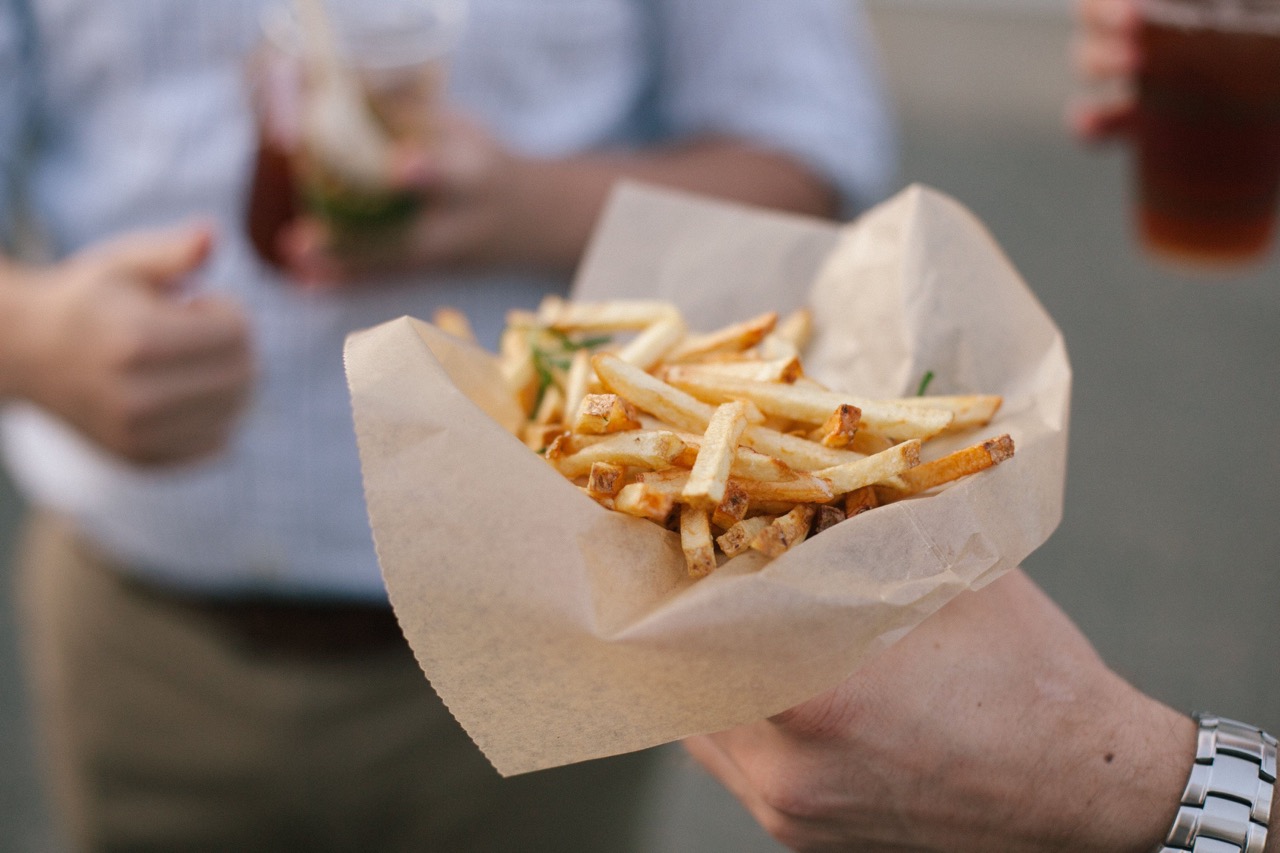

Articles
How To Keep Fries Crispy In Lunch Box
Modified: May 6, 2024
Discover useful articles on how to keep your fries crispy in your lunch box. Learn simple tips and tricks to maintain that delicious crunch throughout the day.
(Many of the links in this article redirect to a specific reviewed product. Your purchase of these products through affiliate links helps to generate commission for Storables.com, at no extra cost. Learn more)
Introduction
There’s nothing quite as disappointing as opening your lunch box to find soggy and limp fries. We all love the crispy, golden perfection of freshly cooked fries, but transporting them for lunch can often result in a less-than-ideal eating experience. So, how can you keep fries crispy in your lunch box?
In this article, we will explore the reasons why fries become soggy and offer practical tips to ensure your fries retain their crispiness until lunchtime. Whether you’re a student or a working professional, these strategies will help you enjoy perfectly crispy fries on the go.
Let’s dive in and discover the secrets to keeping your fries crispy and delicious.
Key Takeaways:
- Choose thicker, coated, and frozen fries to maintain crispiness. Properly drain, cool, and wrap fries before packing to prevent sogginess. Select ventilated containers and use moisture-absorbing agents for optimal results.
- Reheat fries using dry heat methods like oven, toaster oven, or air fryer. Avoid microwaving to retain crispiness. Experiment with different techniques for best results.
Read more: How To Keep Toast Crispy In Lunch Box
Why do fries become soggy?
Before we delve into the solutions, it’s important to understand why fries become soggy in the first place. It all comes down to moisture and the structure of the fry.
Fries are typically made from potatoes, which contain a high water content. When you cook fries, the heat causes the water within the potato cells to evaporate, creating a crispy exterior. However, once you remove the fries from the heat and place them in a closed container, moisture begins to accumulate.
The trapped steam and condensation within the container turn the crispy fries back into a soggy mess. Additionally, the starch in the fries retrogrades, which means it absorbs moisture and loses its crisp texture.
Another factor in the sogginess of fries is the oil used in the cooking process. If the fries are not properly drained or blotted after frying, excess oil can seep into the packaging, resulting in a greasy texture.
So, in order to keep fries crispy in your lunch box, it’s essential to reduce moisture buildup and maintain the ideal texture of the fry.
The importance of choosing the right type of fries
When it comes to keeping your fries crispy, the type of fries you choose can make a significant difference. Not all fries are created equal, and some varieties are better suited for maintaining their crispness.
Here are a few key considerations when selecting the right type of fries:
- Cut: Opt for thicker cuts of fries rather than thin shoestring fries. Thicker fries have a lower surface area-to-volume ratio, which means they will retain their crispness better.
- Coating: Look for fries that have a coating, such as a light batter or seasoning. Coatings create a protective barrier that helps to preserve the crispiness of the fry.
- Frozen vs. fresh: While fresh, homemade fries can be delicious, frozen fries are often more consistent in their texture. Frozen fries are usually pre-coated and undergo a blanching process, which helps retain their structure during cooking and transportation.
By selecting the right type of fries, you set yourself up for success in keeping them crispy. Remember, it’s not just about the cooking method but also the characteristics of the fries themselves.
Preparing the fries for the lunch box
Proper preparation is key to ensuring your fries stay crispy and delicious until lunchtime. Follow these steps to get your fries lunchbox-ready:
- Cooking technique: Begin by choosing the right cooking technique for your fries. Baking or air-frying fries can result in a crispier texture compared to deep-frying. Make sure to follow the cooking instructions provided on the packaging for best results.
- Thoroughly drain and blot: After cooking the fries, drain them on a paper towel or a cooling rack to remove excess oil. Use another paper towel to blot the top of the fries, absorbing any remaining oil. This step is crucial in preventing the fries from becoming soggy.
- Cool completely: Allow the fries to cool completely before packing them in the lunch box. Placing hot fries directly into a sealed container will create condensation, leading to sogginess. Give them enough time to reach room temperature before moving to the next step.
By properly preparing your fries, you’re setting the foundation for maintaining their crispness. Taking the extra time to drain, blot, and cool the fries will make a significant difference in their texture when it’s time to enjoy your meal.
Using proper containers and packaging
The right containers and packaging can play a crucial role in keeping your fries crispy during transport. Here are some tips to ensure you’re using the best options:
Avoid airtight containers: While airtight containers are great for keeping food fresh, they can create a humid environment that leads to soggy fries. Instead, opt for containers with ventilation or small openings to allow airflow and prevent moisture buildup.
Choose insulated containers: Insulated lunch boxes or bags help maintain the temperature of the fries, keeping them warm and crispy for longer. Look for containers with a thermal lining or double-walled insulation for optimal heat retention.
Separate from other foods: To prevent moisture transfer, it’s important to keep your fries separate from other foods in the lunch box. Moisture from other dishes, such as sandwiches or salads, can seep into the fries and make them soggy. Use dividers or separate compartments in your container to keep everything well-isolated.
Consider specialized fry containers: There are containers specifically designed for fries, with perforated bottoms or vents that allow excess moisture to escape. These containers help to maintain the crispy texture of the fries even during transportation.
Use paper towels or napkins: Placing a layer of paper towels or napkins at the bottom of the container can absorb excess moisture, preventing it from saturating the fries. Additionally, you can add another layer on top of the fries for extra protection.
By using containers and packaging that promote airflow and prevent moisture buildup, you’ll be able to preserve the crispiness of your fries until lunchtime. Take care in selecting the right options to ensure an enjoyable eating experience.
To keep fries crispy in a lunch box, place a paper towel at the bottom to absorb moisture. Pack the fries in a well-ventilated container to prevent sogginess.
Read more: How To Keep Food Cold In A Lunch Box
Wrapping the fries to maintain crispiness
Properly wrapping your fries can help retain their crispiness and prevent them from becoming soggy. Consider the following methods to keep your fries in optimal condition:
Aluminum foil: Wrapping your fries in aluminum foil can help create a barrier against moisture while retaining heat. Make sure to wrap them tightly to lock in the crispiness. However, keep in mind that using foil may cause the fries to steam slightly, so it’s best to use this method if you plan to enjoy the fries soon after wrapping.
Parchment paper: Another option is to wrap your fries in parchment paper. Parchment paper allows the fries to breathe while providing a barrier against moisture. It also helps to maintain the fries’ temperature and prevent them from sticking together.
Vented containers: As an alternative to wrapping, you can use vented containers specifically designed for fries. These containers have small holes or vents that allow moisture to escape without compromising the crispiness. Simply place your fries in the container and secure it with its lid.
Reinforcement with a paper bag: For added protection, you can place the wrapped or boxed fries inside a paper bag. The paper bag can absorb any excess moisture that may accumulate and further guard against sogginess.
Remember to wrap your fries just before packing them in your lunch box to avoid unnecessary exposure to air and moisture. Proper wrapping helps to create a micro-environment that preserves the crispiness and deliciousness of your fries.
Adding moisture-absorbing agents
If you’re concerned about excess moisture affecting the crispiness of your fries, consider using moisture-absorbing agents to help combat the issue. These agents can help absorb any moisture that may accumulate in the lunch box, keeping your fries crispy and delicious. Here are some effective options:
Silica gel packets: Silica gel packets, often found in various packaged products, are excellent at absorbing moisture. Place a few of these small packets in your lunch box to help prevent moisture buildup. Just make sure to keep them out of reach of children and pets.
Uncooked rice: Uncooked rice is another effective moisture absorber. Place a handful of uncooked rice in a small cloth bag or a clean sock and secure it. Add the rice pouch to your lunch box. The rice will naturally absorb excess moisture, helping to maintain the crispiness of your fries.
Baking soda: Baking soda is known for its moisture-wicking properties. Place a small dish of baking soda in your lunch box before adding the fries. The baking soda will help absorb any excess moisture, keeping the fries crisp and fresh.
Cornstarch: Cornstarch can also help absorb moisture and maintain the crispiness of your fries. Before packing your fries, lightly dust them with a thin layer of cornstarch. The cornstarch will act as a moisture barrier, preventing sogginess.
Activated charcoal: Activated charcoal is a natural odor and moisture absorber. You can find small packets or tablets of activated charcoal at some stores. Place a packet or tablet in your lunch box to help absorb any moisture that may be present.
By adding moisture-absorbing agents to your lunch box, you can minimize the chances of your fries becoming soggy. These simple hacks can make a notable difference in preserving the crispy texture of your fries until it’s time to enjoy them.
Tips for reheating fries
If you have leftover fries that you want to enjoy later, reheating them properly can help retain their crispiness. Follow these tips to achieve the best results:
Oven method: Preheat your oven to 400°F (200°C). Arrange the fries on a baking sheet in a single layer, ensuring they are not overcrowded. Heat them in the oven for about 5-10 minutes, or until they have crisped up to your liking. Keep a close eye on them to avoid overcooking.
Toaster oven: If you have a toaster oven, it’s a convenient option for reheating fries. Place the fries on the toaster oven rack or in a toaster oven-safe pan. Set the toaster oven to a medium-high heat setting and reheat the fries for a few minutes on each side, or until they have regained their crispy exterior.
Air fryer: An air fryer is an excellent appliance for reheating fries as it helps restore their crispy texture. Preheat the air fryer to around 380°F (193°C). Place the fries in the air fryer basket in a single layer and cook for about 5-7 minutes, or until they are hot and crispy. Shake the basket halfway through to ensure even heating.
Skillet or stovetop method: For a quick stovetop reheating method, heat a skillet over medium heat. Add a small amount of oil or butter to the skillet and spread it evenly. Place the fries in the skillet and cook for a few minutes on each side until they are heated through and regain their crispiness.
Avoid the microwave: While the microwave is a convenient option for reheating many foods, it is not ideal for fries. Microwaving tends to make them soggy rather than crispy. However, if you must use a microwave, make sure to place a paper towel underneath the fries to absorb excess moisture.
Remember, the best results for reheating fries will come from a method that involves dry heat and allows for even distribution of heat. Experiment with different reheating methods to find the one that works best for you and helps maintain the desired crispiness of your fries.
Conclusion
Keeping fries crispy in your lunch box may seem like a challenge, but with the right strategies, it’s absolutely achievable. By understanding the factors that contribute to sogginess and implementing the tips discussed in this article, you can enjoy perfectly crispy fries even when you’re on the go.
Choosing the right type of fries, properly preparing them, and using appropriate containers and packaging are key steps to ensure crispiness. Wrapping your fries and adding moisture-absorbing agents further enhance their texture and freshness. And when it comes to reheating leftover fries, using dry heat methods like the oven, toaster oven, or air fryer will help them regain their crispy charm.
Remember that maintaining the crispiness of your fries requires a combination of thoughtful preparation, proper packaging, and reheating techniques. Experiment with these tips and discover the best approach that works for you and your lunch box routine.
Now, armed with the knowledge and strategies outlined in this article, you can confidently enjoy irresistibly crispy fries wherever you go. So go ahead, pack those fries in your lunch box, and savor every crunchy bite!
Now that you've mastered keeping fries crispy, why not up your game with your overall food preservation skills? Our next guide on food storage essentials offers innovative solutions tailored for 2024. From savvy containers to smart packing tips, this article makes sure your meals stay fresh longer. Interested in stepping up your storage game? Check out our detailed insights into the best options available.
Frequently Asked Questions about How To Keep Fries Crispy In Lunch Box
Was this page helpful?
At Storables.com, we guarantee accurate and reliable information. Our content, validated by Expert Board Contributors, is crafted following stringent Editorial Policies. We're committed to providing you with well-researched, expert-backed insights for all your informational needs.
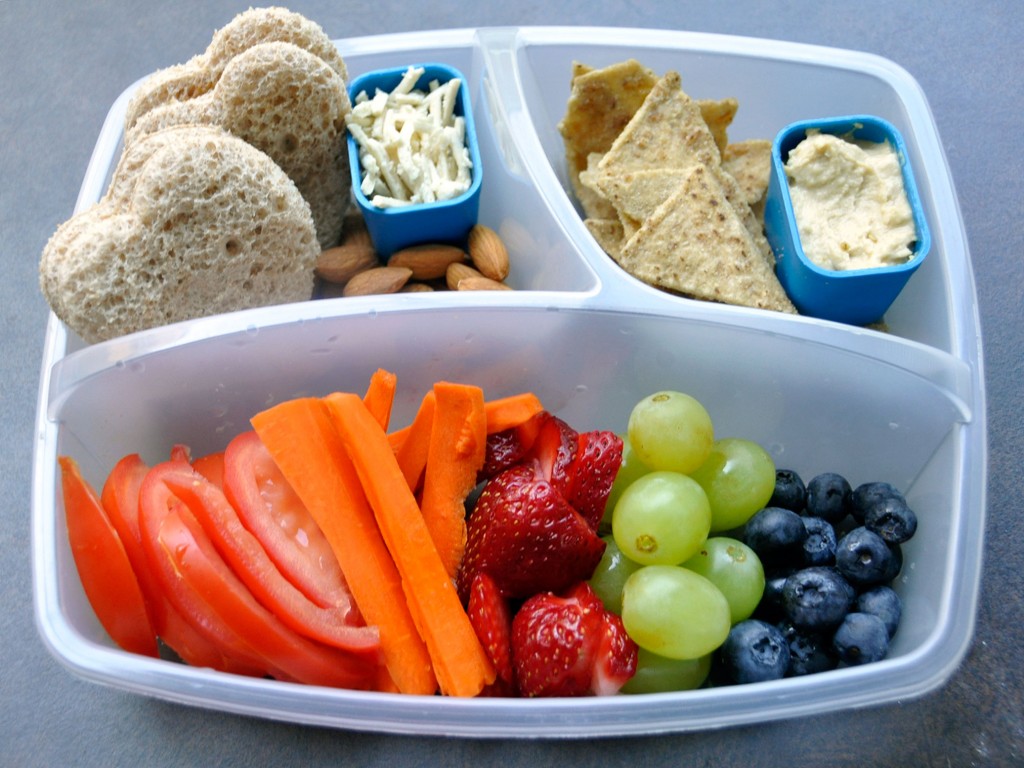
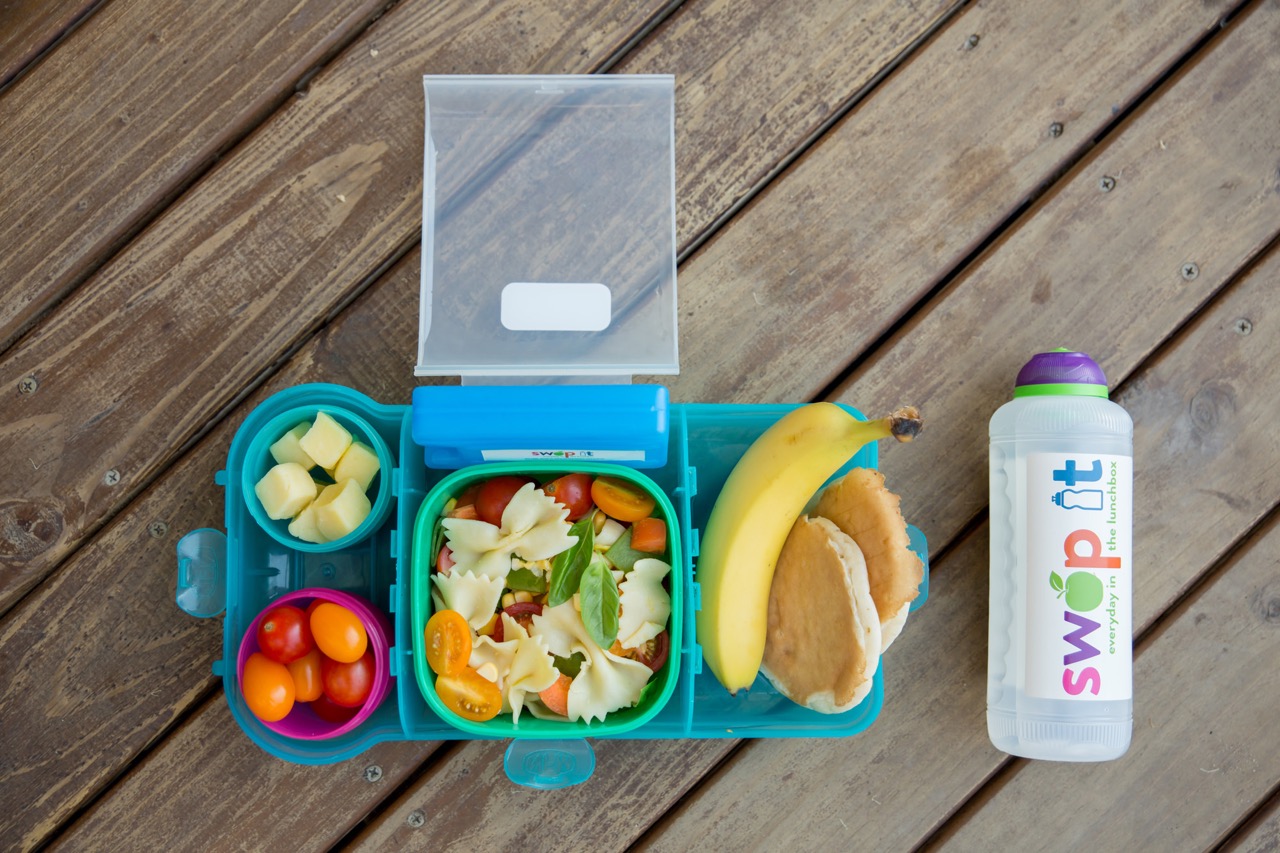
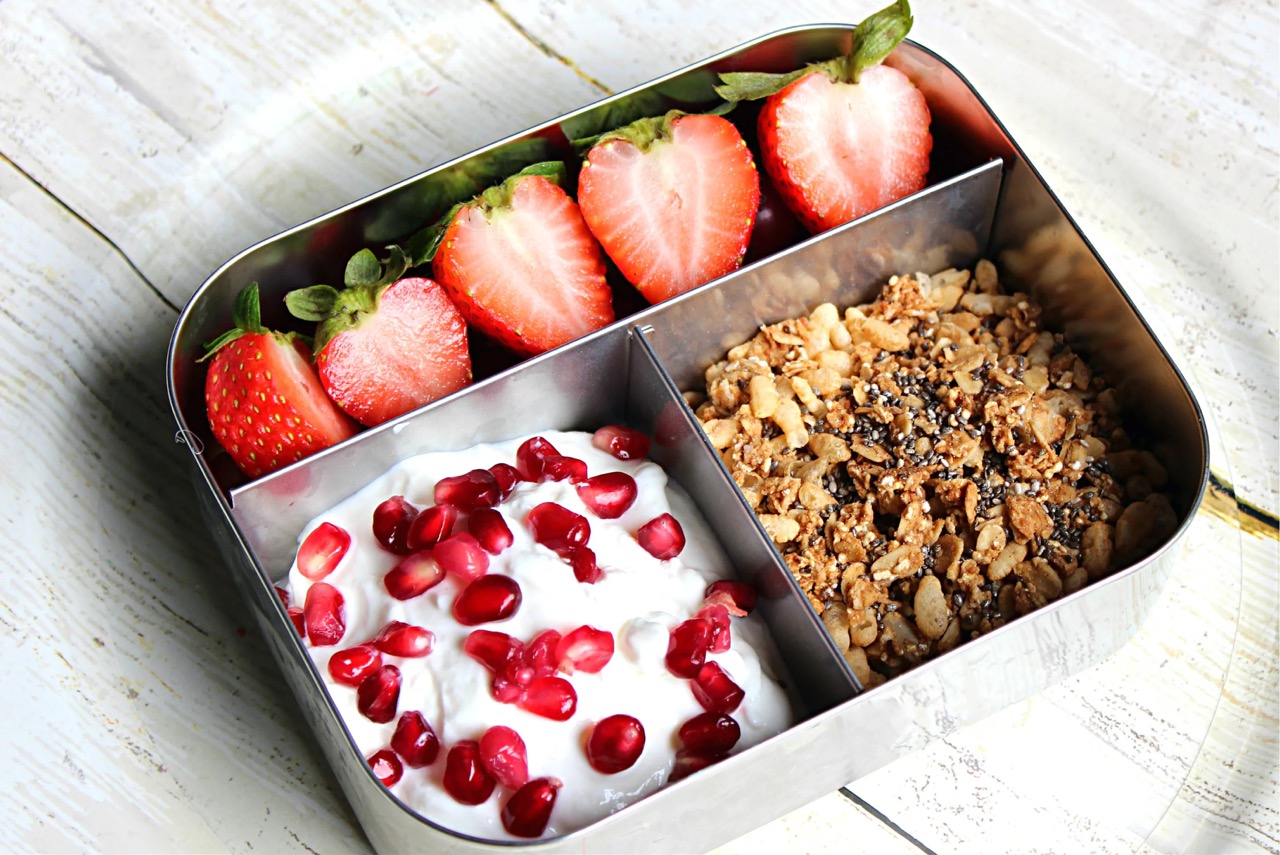
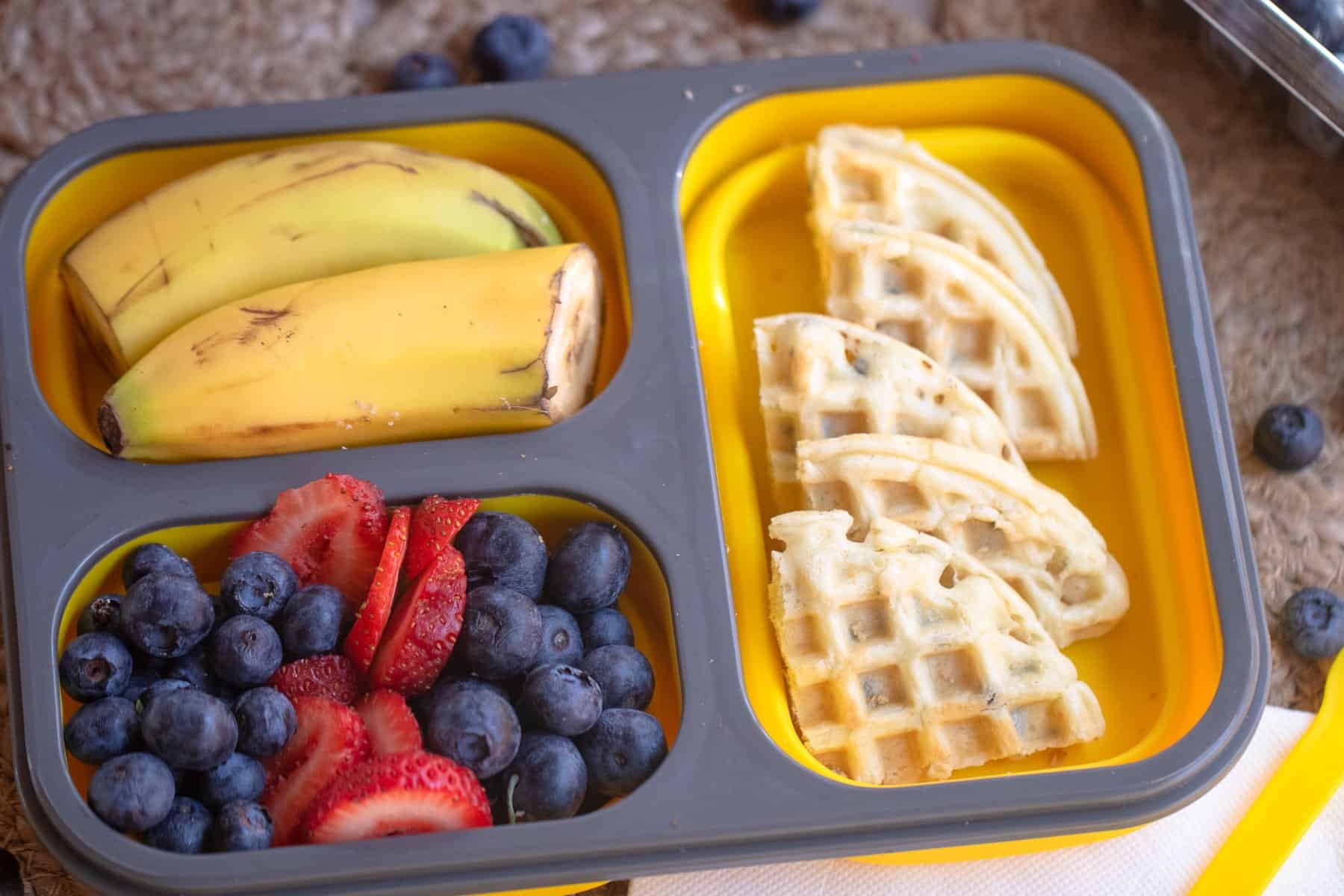
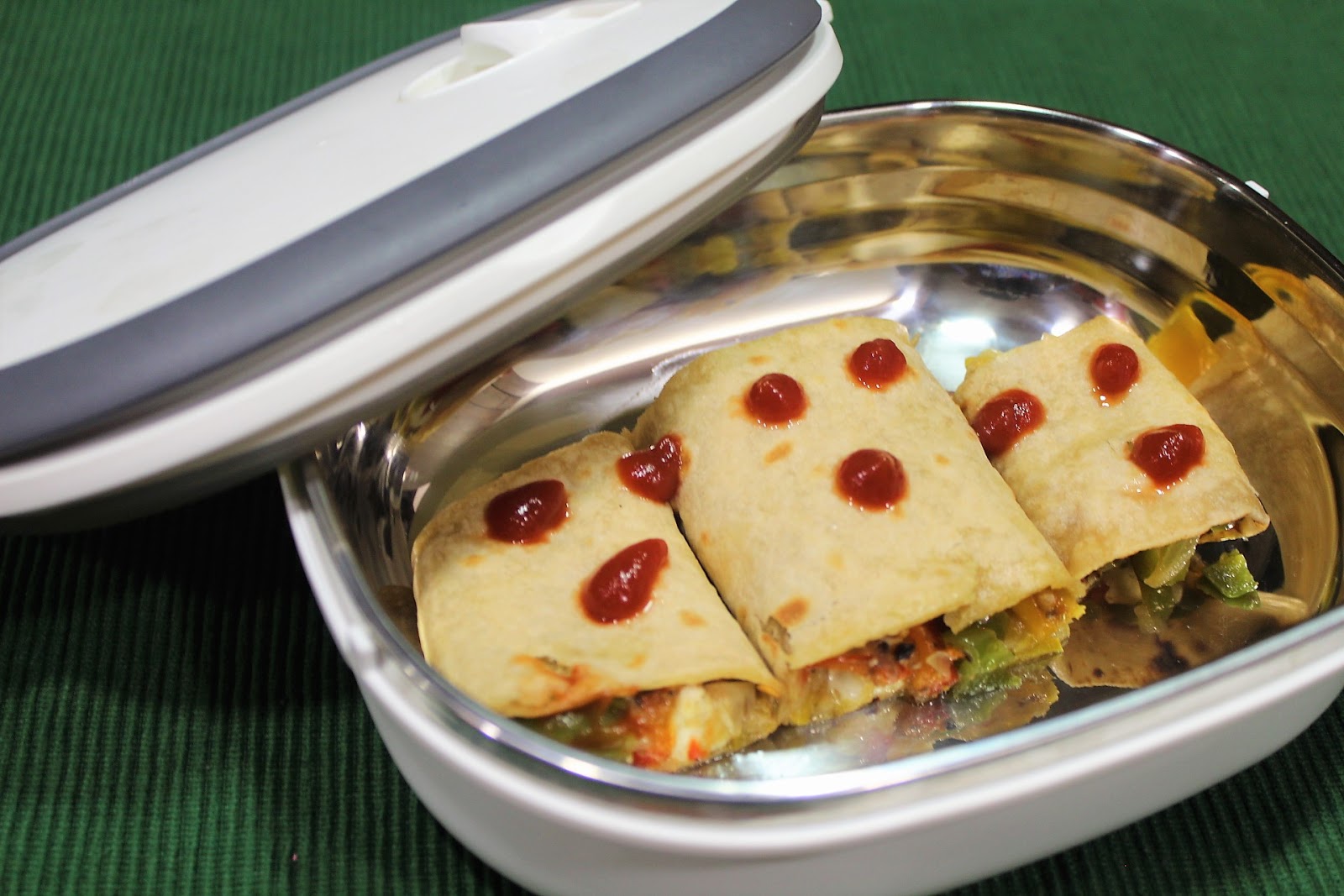

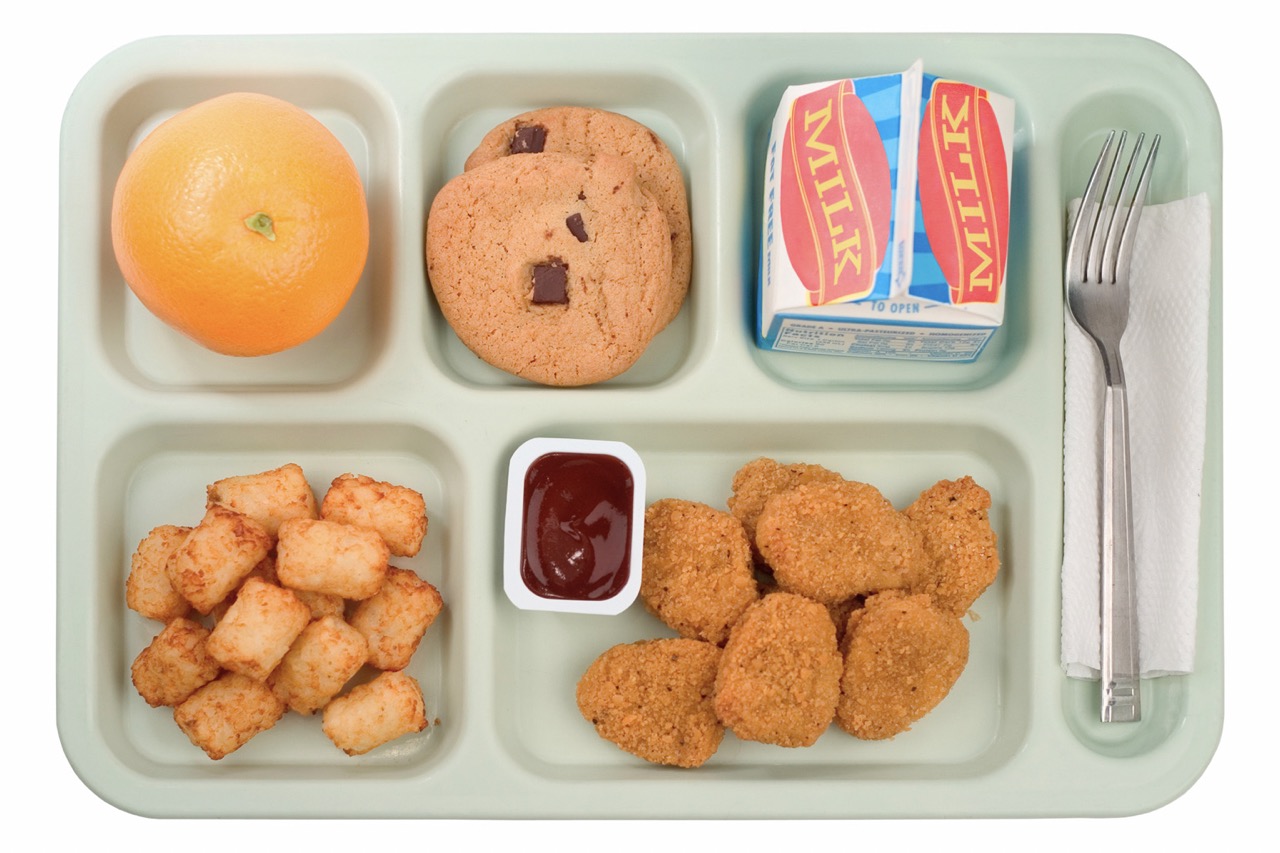
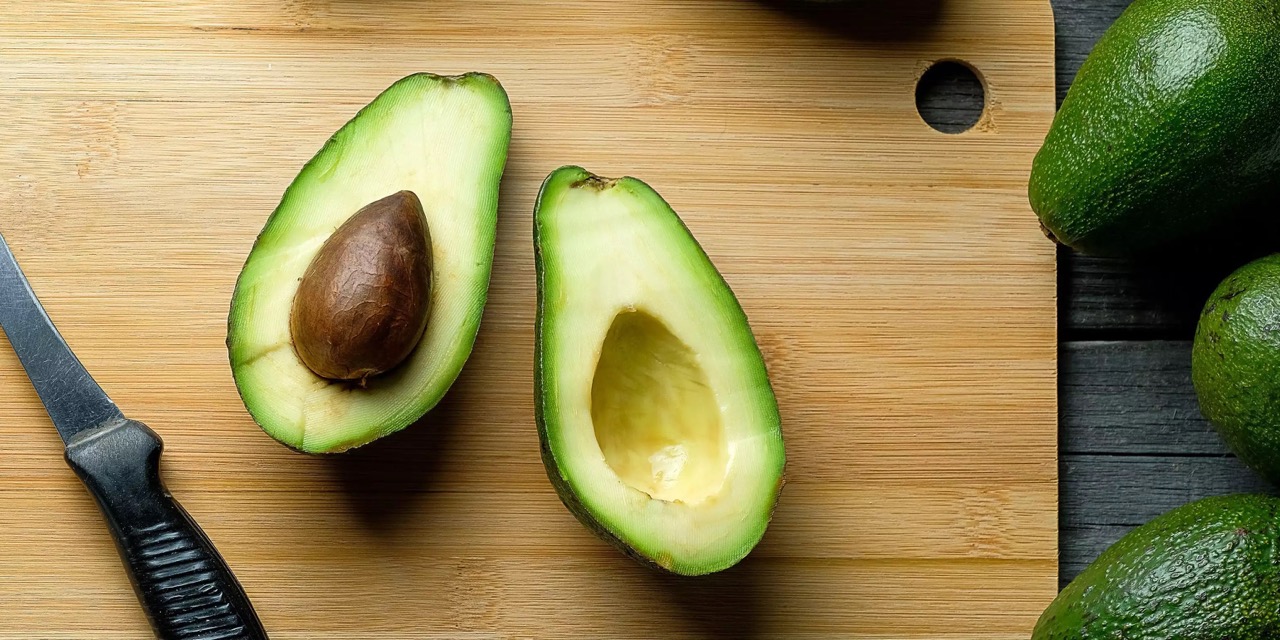
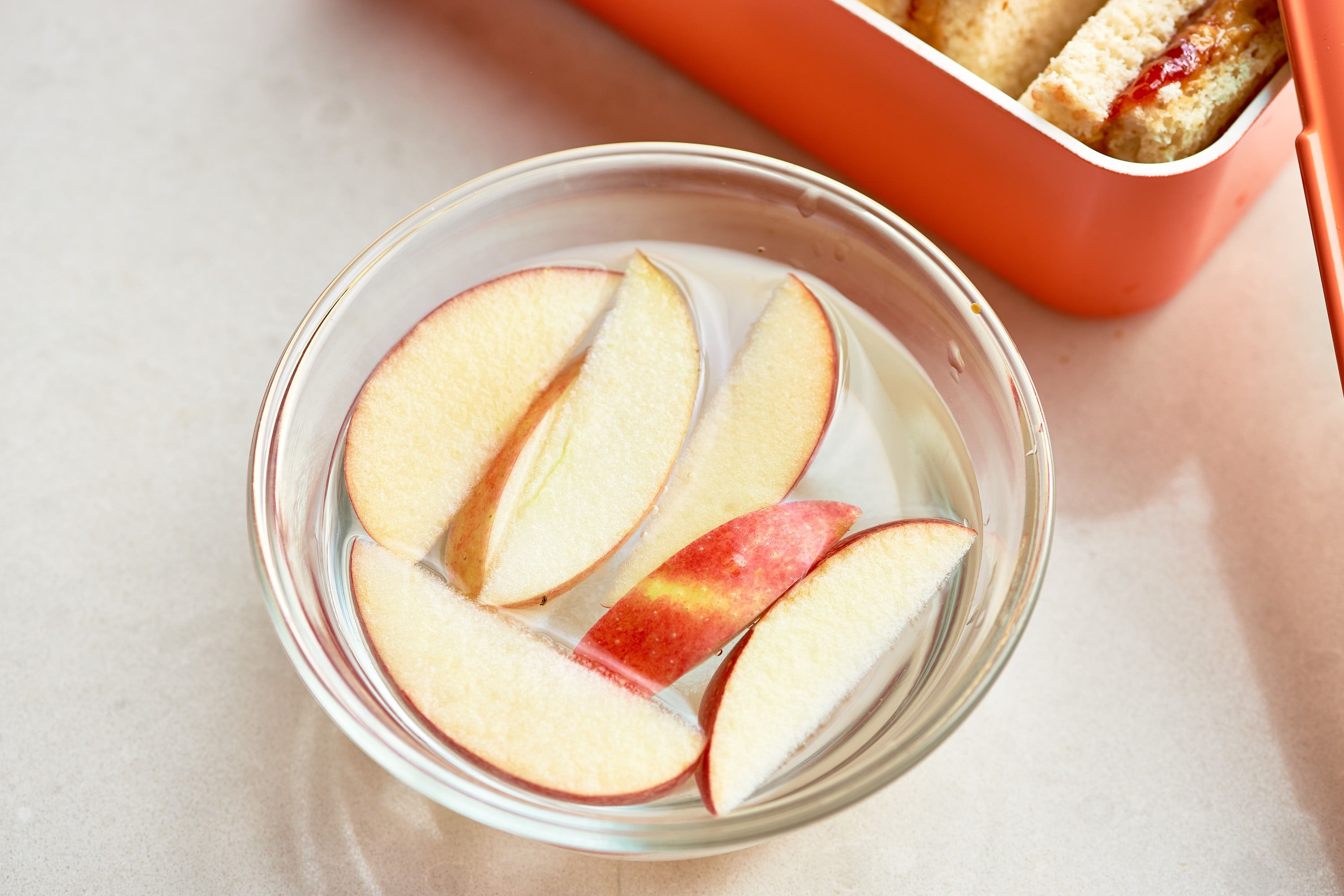
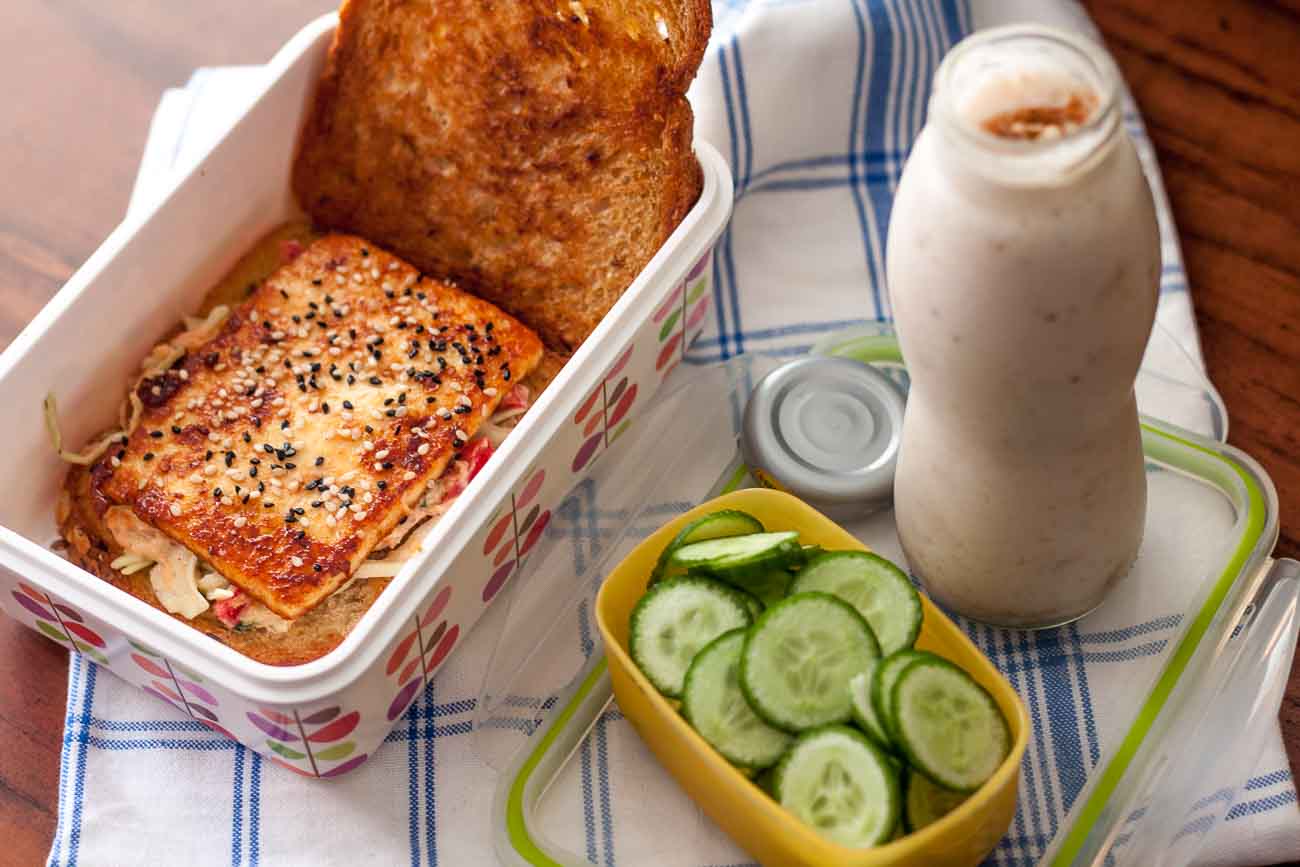
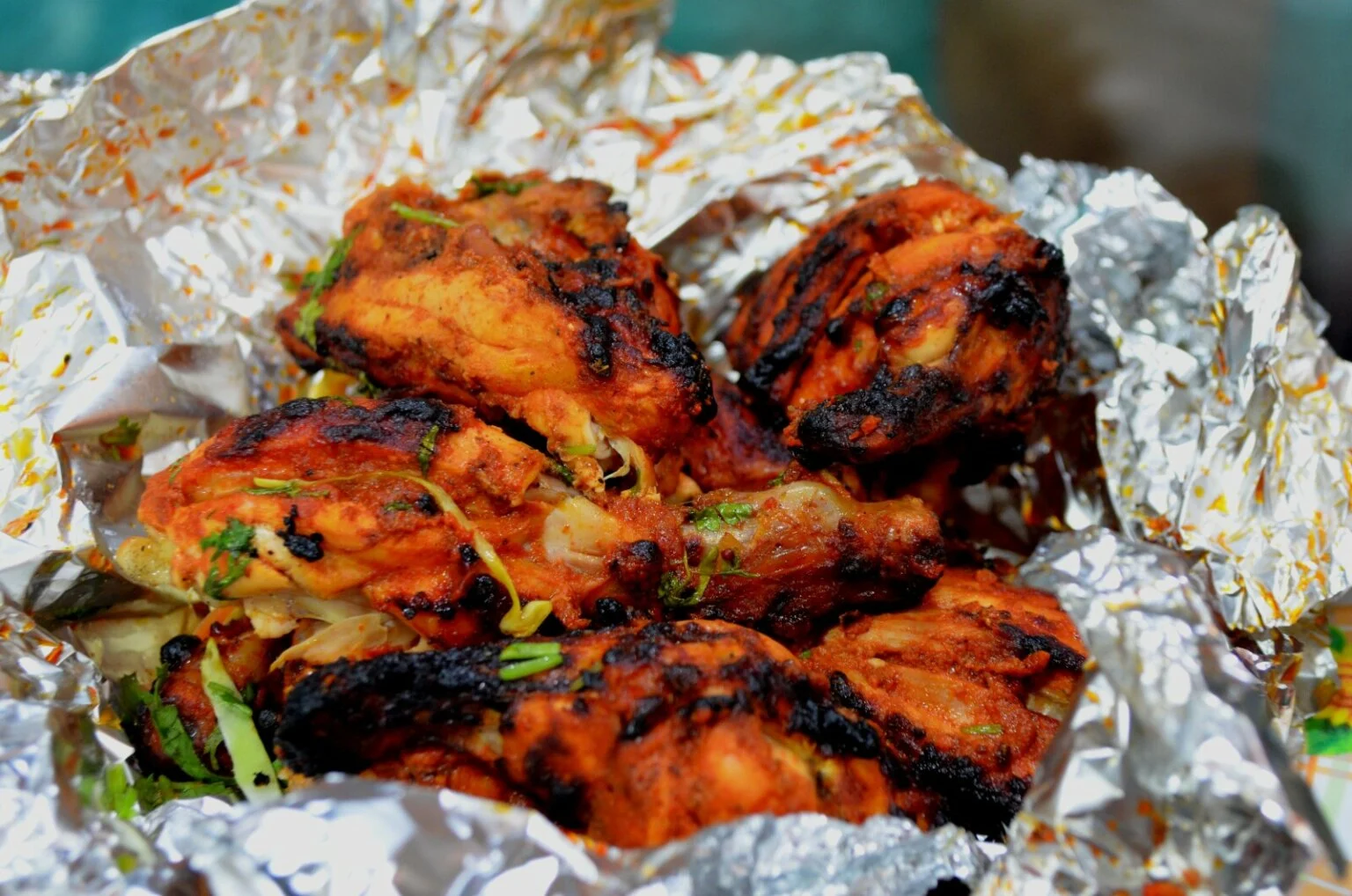
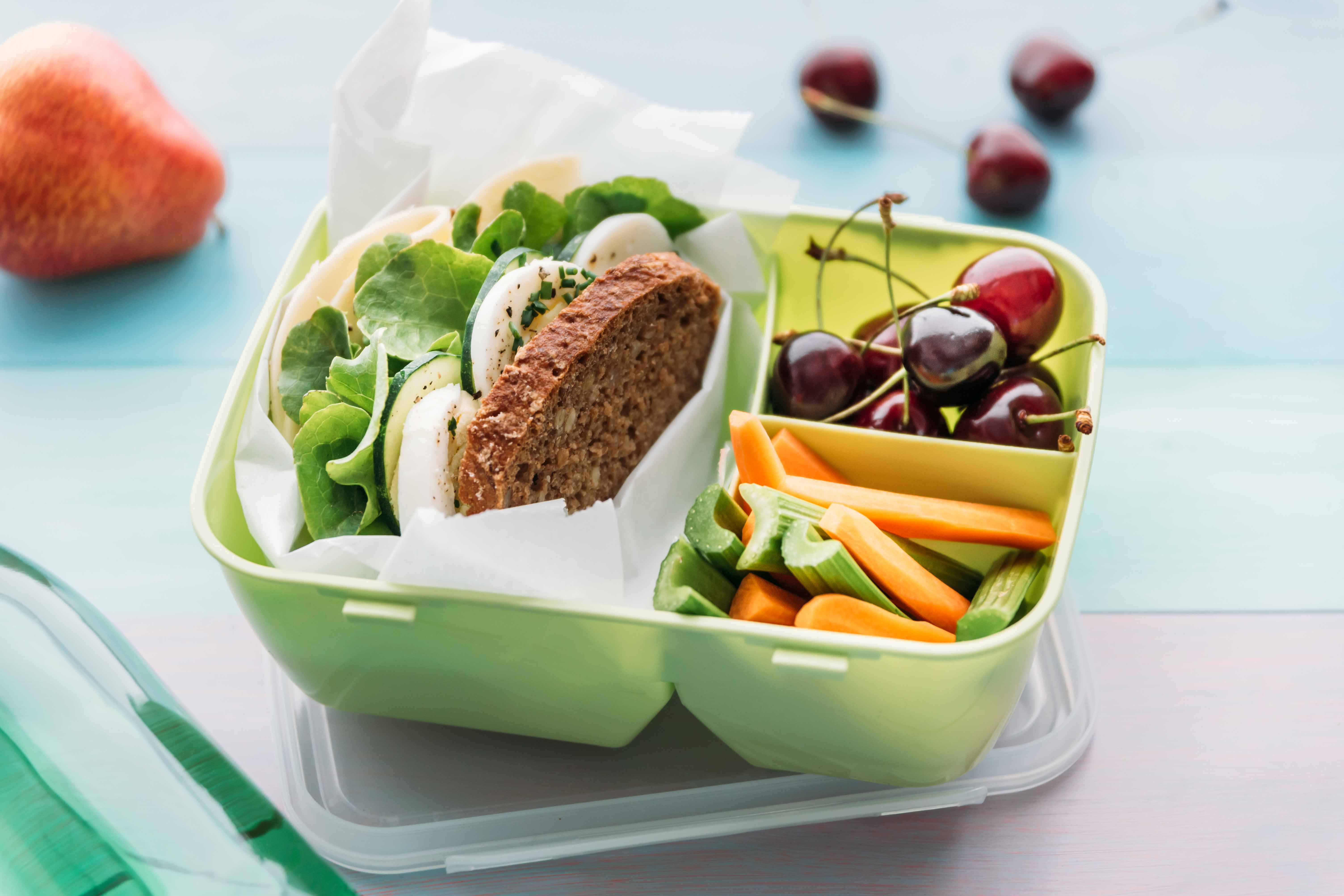
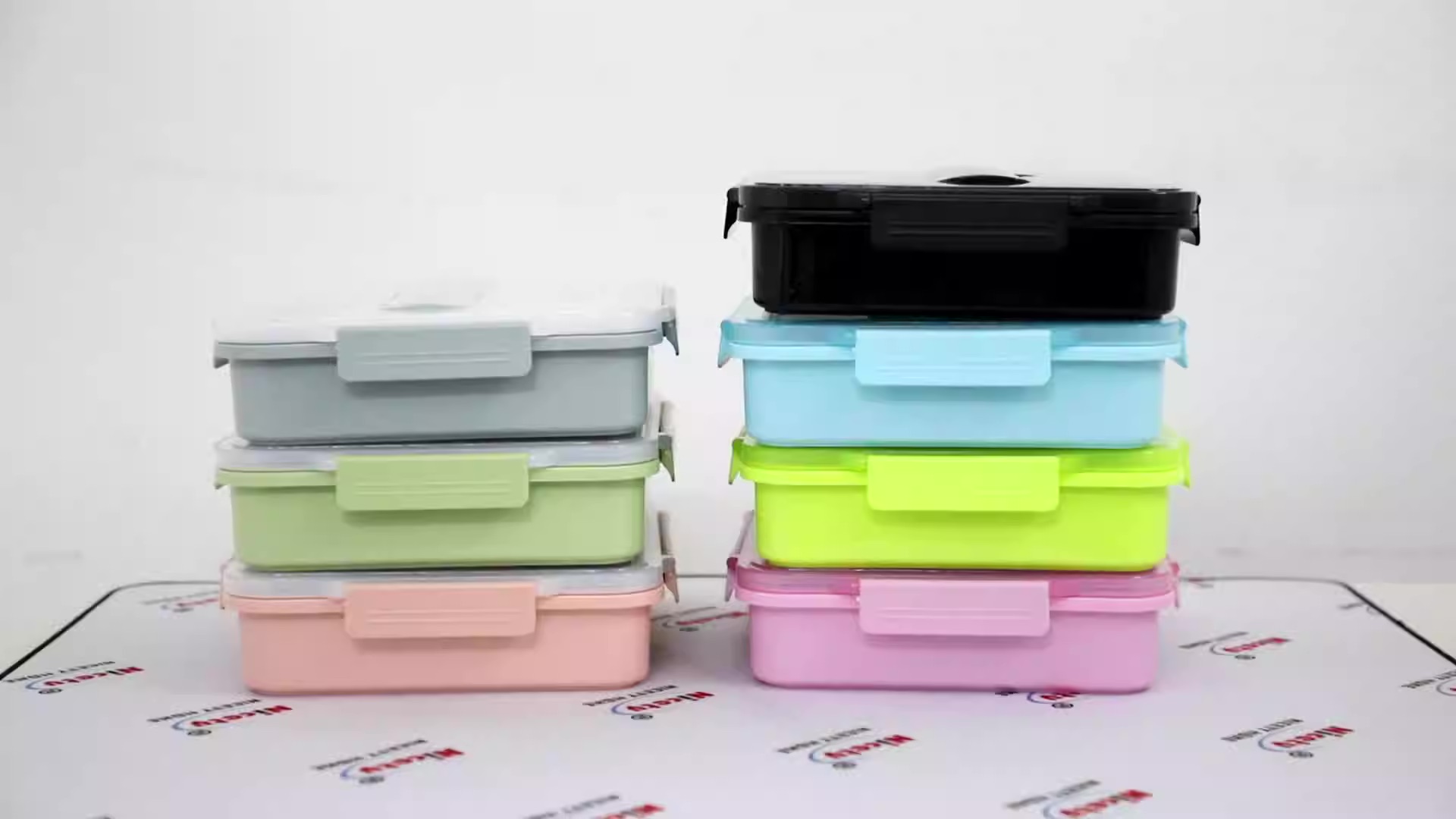
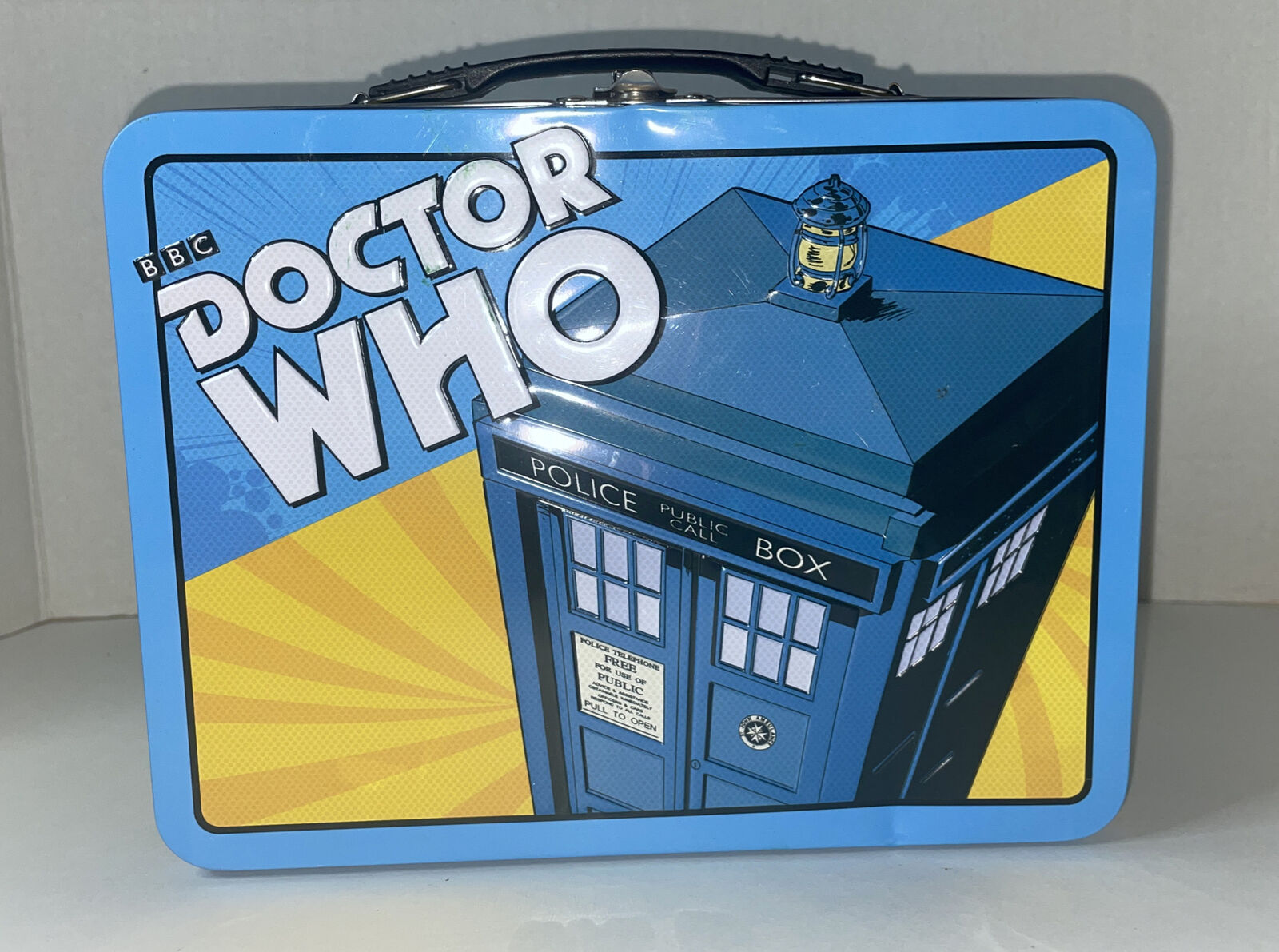

0 thoughts on “How To Keep Fries Crispy In Lunch Box”